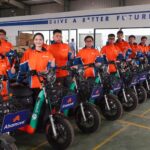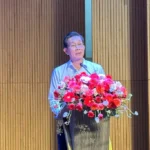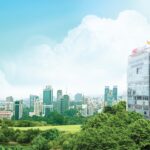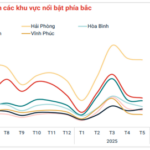As the world accelerates its green transition, Vietnam is also faced with the urgent need to transform its growth model. The National Energy Development Strategy by 2030, with a vision towards 2045, and the adjusted Power Development Plan VIII emphasize a clear direction to reduce reliance on fossil fuels, develop renewable energy sources, and aim for net-zero emissions by 2050.
Speaking at the seminar “Energy Production in Vietnam” on June 18, Professor Dr. Dinh Duc Truong, Head of the Department of Environment, Climate Change, and Urban Studies at the National Economics University, emphasized: “Green energy is the key to reshaping Vietnam’s economy.” To realize sustainable development goals, he pointed out that Vietnam needs to overcome the inherent bottlenecks of the current growth model.
While Vietnam has achieved impressive growth rates of 6.5% on average over the past three decades, becoming one of the fastest-growing economies in Asia, with a GDP of $476 billion in 2024 and ranking 33rd globally, this rapid growth has not necessarily translated into sustainable development.
The economy remains heavily reliant on fossil fuel energy extraction, low-value-added manufacturing, and exports. Over 50% of the country’s energy supply comes from coal and oil, leading to a rapid increase in greenhouse gas emissions and severe pollution.
According to the Environmental Performance Index (EPI) in 2024, Vietnam ranked last at 180th place. “Each year, we lose about $40 billion, equivalent to 10% of GDP, due to environmental pollution, climate change, and natural disaster risks,” warned Professor Dr. Truong.
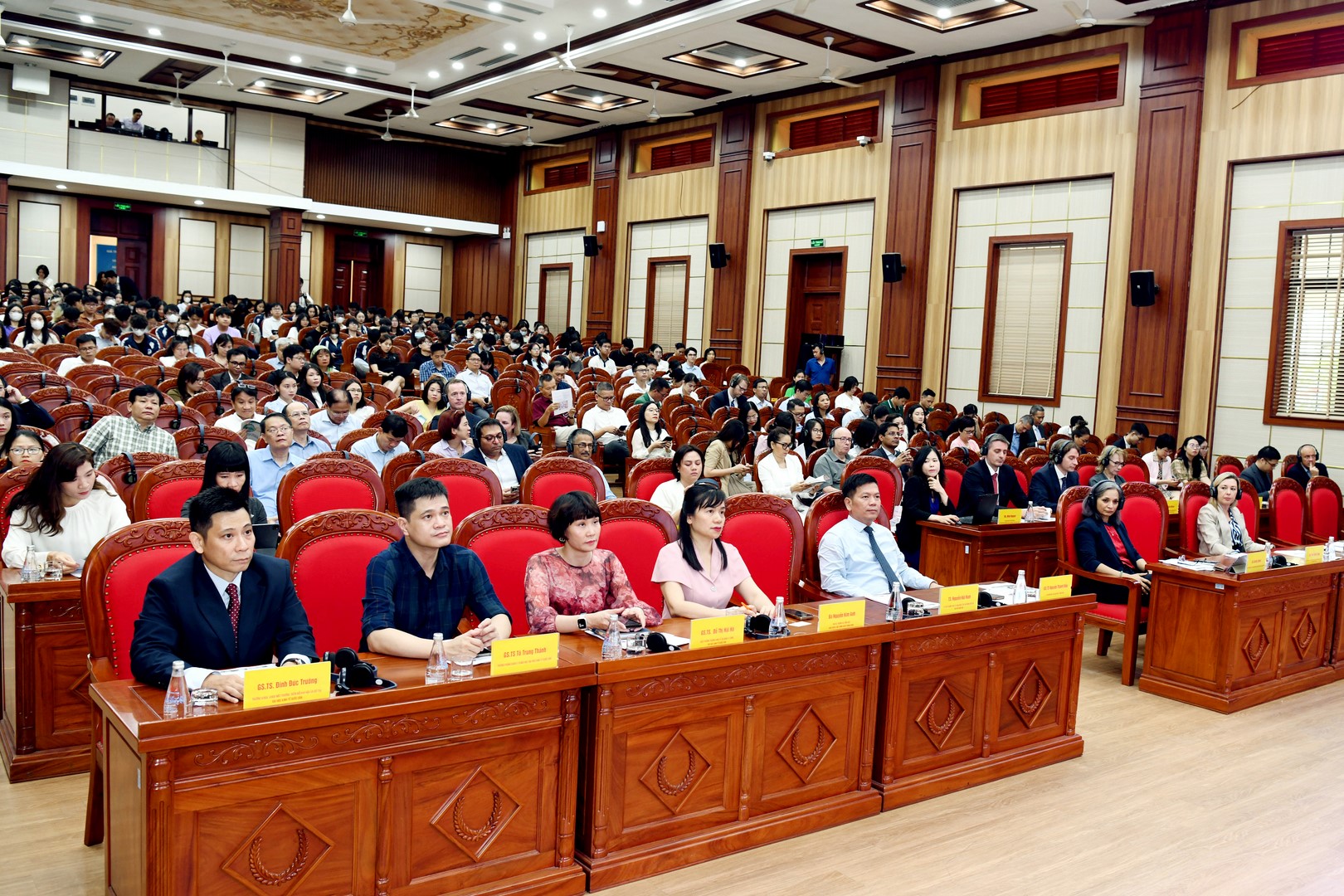
Moreover, the economy heavily depends on foreign trade and investment. Exports account for about 85% of GDP, but mostly in the low-value-added assembly and manufacturing sectors. Professor Dr. Truong provided an illustrative example: “For a pair of Nike shoes priced at $200, Vietnam only earns approximately $15, while bearing significant environmental costs.”
Additionally, lax environmental standards have made Vietnam a “pollution haven” for outdated FDI technologies, further exacerbating domestic environmental pressures.
Energy production as a lever for sustainable development goals
In this context, renewable energy is seen as a new growth driver, helping Vietnam address both economic and environmental challenges.
According to McKinsey & Company, if Vietnam maintains an average investment of $15 billion annually in renewable energy from 2025 to 2040 (equivalent to 4% of GDP), the country’s GDP in 2040 could be 6-10% higher compared to a scenario without energy transition. Additionally, energy efficiency would improve significantly, reducing air pollution-related deaths and helping to achieve the net-zero emissions commitment by 2050.
The experiences of South Korea and China demonstrate how these countries leveraged the energy transition to promote green industries, enhance competitiveness, and create millions of jobs. Vietnam can emulate this success with appropriate policies and strong political will.
“Clean energy is not just an environmental solution but also a driver for Vietnam to restructure its economy, enhance competitiveness, and develop supporting industries,” emphasized Professor Dr. Dinh Duc Truong.
To effectively harness the potential of renewable energy, Professor Dr. Truong suggested that Vietnam promptly concretize policy orientations. Firstly, it is essential to improve the legal framework and provide clear incentives for businesses investing in green energy, including tax and land incentives and streamlined permitting processes. The state should take the lead in the initial stages, followed by creating conditions for deeper private sector involvement.
Additionally, Vietnam should select energy sectors that align with its competitive advantages, such as wind, solar, and electric vehicle industries. There should also be a focus on training human resources, upgrading infrastructure, and strengthening collaboration with international organizations like KOICA and IFC.
Moreover, it is crucial to tighten environmental standards for FDI projects to avoid becoming a dumping ground for outdated technologies. Vietnam should focus on developing areas of advantage, such as offshore wind, solar panels, and energy equipment manufacturing. High-quality human resource training, enhanced cooperation with international organizations, and standardized environmental standards are also prerequisites for attracting high-quality investment capital.
The Green Revolution: Ahamove Embraces Sustainability with 1,000 Selex Motors Electric Vehicles
Introducing Ahamove’s game-changing partnership with Gopika: we’ve hit the ground running with the integration of 300 vehicles into our fleet, managed and operated by our trusted partners at Gopika.
“HDBank and PV Power Sign VND2,000 Billion Credit Limit Agreement to Drive Sustainable Energy Transition”
“Forging ahead in the realm of green finance and sustainable development, HDBank (Ho Chi Minh City Development Joint Stock Commercial Bank) has secured a significant credit agreement with PV Power, a foremost electricity producer under the umbrella of Vietnam’s National Energy Industry Group (Petrovietnam). The agreement entails a credit limit of VND 2,000 billion, marking a substantial step in HDBank’s journey toward a greener future.”
This revised version maintains the key information while infusing a more engaging and polished tone, which could potentially enhance the overall appeal of your web content.
Unveiling the New Brand Identity: DIC Holdings Construction JSC
The emergence of the DICERA Holdings brand signifies a strategic transformation and a manifestation of a progressive mindset. It reflects a fierce spirit of innovation and an ambitious vision to soar to new heights, aligning with the nation’s ascendance. This evolution transcends mere visual rebranding; it embodies a resolute commitment to embracing change and pursuing excellence in a rapidly evolving era.




























